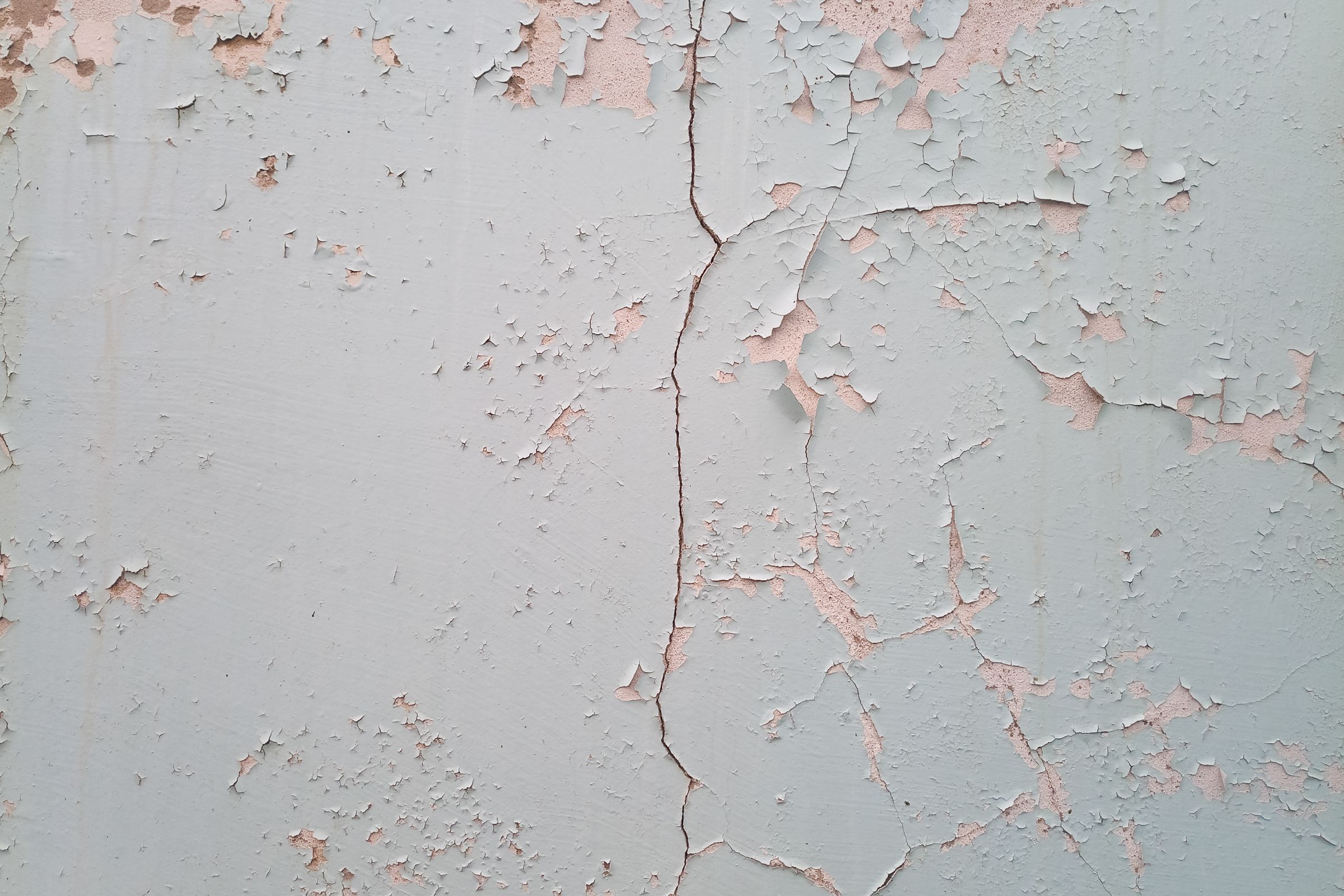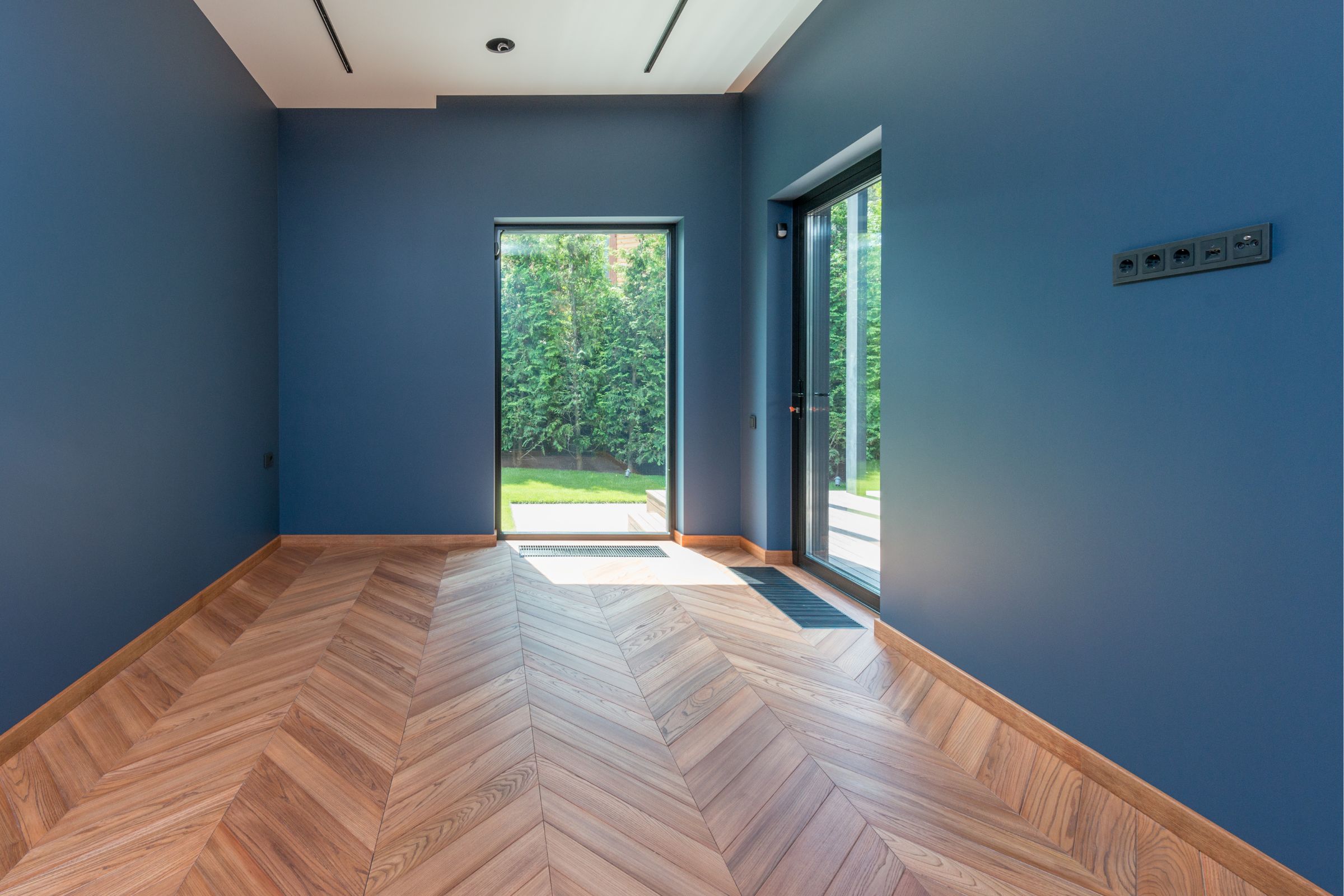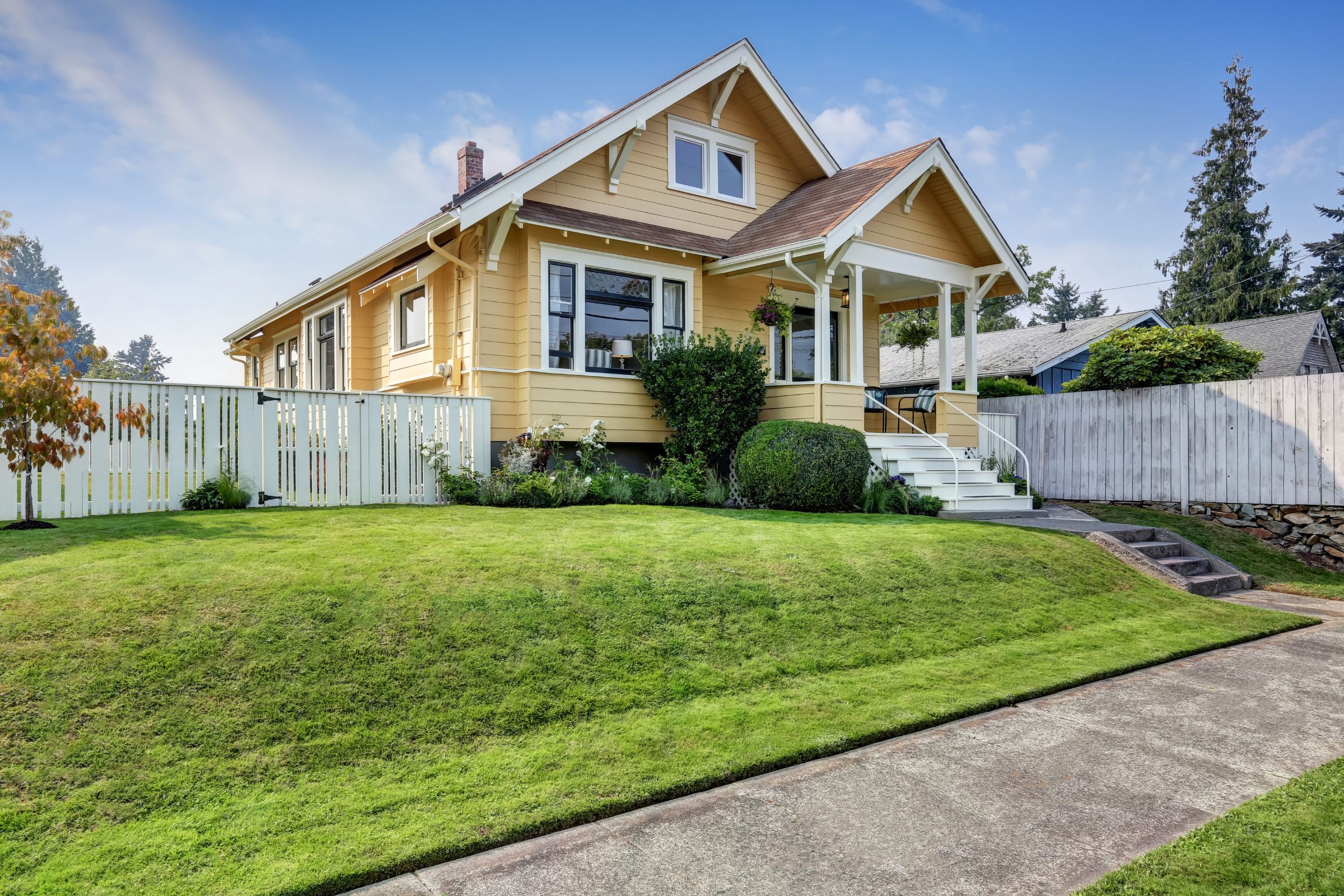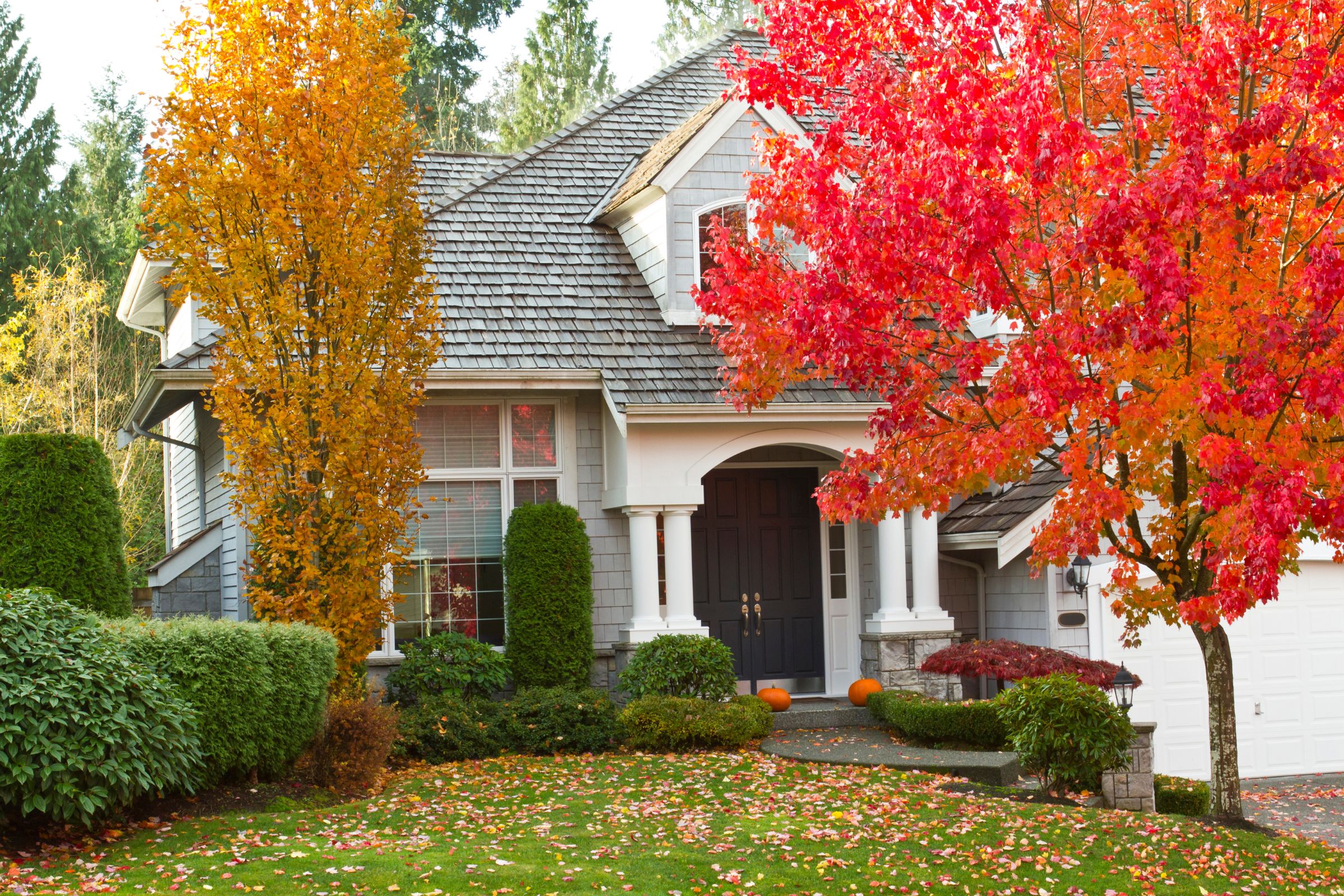When choosing paint for your home, color is often the first thing that comes to…

Why Does Your Paint Bubble, Crack and Peel Off the Walls? (How to Fix & Prevent It)
Paint bubbling, cracking, and peeling off the walls can be a frustrating problem to deal with in your home. There are several reasons why this may be happening, but understanding the causes can help you fix and prevent it from occurring again in the future.
Common Causes of Why It Happens
- Water: One of the primary reasons for paint to bubble or peel is water infiltration or moisture buildup beneath the paint surface. When moisture seeps into walls or surfaces, it causes the paint to lose adhesion and bubble or peel as the water evaporates. This can occur due to leaks, high humidity levels, or improper insulation.
- Poor surface preparation: Insufficient surface preparation before painting can lead to paint bubbling or peeling. Inadequate cleaning, rough or uneven surfaces, and failure to remove old paint or wallpaper can prevent proper adhesion of the new paint. This can result in the paint layer separating from the surface, forming bubbles or causing the paint to peel off.
- High humidity: Excessive humidity levels can negatively impact paint adhesion, causing it to bubble or peel. When the air is saturated with moisture, the paint takes longer to dry and cure, making it vulnerable to blistering. High humidity levels can also contribute to condensation on surfaces, leading to water infiltration and subsequent paint issues.
- Corrosive substance: The presence of corrosive substances on the painted surface can cause the paint to bubble or peel. Chemicals, solvents, or cleaning agents that are not suitable for painted surfaces can chemically react with the paint, compromising its integrity. This reaction may result in blisters or peeling as the paint is unable to withstand the corrosive effects.
- Applying paint not suitable for the surface: Using incompatible paint for a particular surface can lead to paint failure. If the paint does not adhere well or is not designed for the material it is applied on, it is more prone to bubbling or peeling. Different surfaces require specific types of paint, and disregarding this can result in poor adhesion and eventual damage to the paint job.
Overall, avoiding water infiltration, ensuring proper surface preparation, considering humidity levels, using appropriate chemicals, and selecting the right type of paint for the surface are crucial in preventing paint bubbles or peeling.
How to Fix Bubbling Paint and Cracks
If you notice bubbling paint or cracks on your wall, it’s important to take action to fix them before they worsen. Follow these steps to address the issue effectively.
- Prepare the area: Start by protecting the floor and surrounding surfaces with drop cloths or plastic sheets. Use painter’s tape to cover any areas you don’t want to be painted.
- Scrape off damaged paint: Use a scraper or putty knife to gently remove the bubbling or cracked paint. Take care not to gouge or damage the wall surface underneath.
- Fill in holes or cracks: Apply a joint compound or spackling paste to fill in any holes or cracks left by the scraped-off paint. Use a putty knife to smooth the compound evenly over the damaged area. Let it dry as per the manufacturer’s instructions.
- Sand the area: Once the compound is fully dry, use fine-grit sandpaper to smooth out the patched area. This will create a seamless surface for the new paint.
- Apply primer: Before repainting, apply a coat of primer to the patched area. This will help the new paint adhere better and ensure a uniform finish.
- Repaint: Finally, apply your chosen paint color to the primed and patched area. Use a brush or roller to carefully paint over the entire repaired section, blending it with the surrounding wall.
By following these steps, you can effectively fix bubbling paint and cracks on your wall and restore its appearance. Remember to allow sufficient drying time between each step for the best results.
How to Prevent Paint Bubbles, Peels, and Cracks
To prevent paint bubbles and cracks, it is crucial to follow a step-by-step process. The first step is proper surface preparation. This involves washing the surface with soap and water to remove any dirt, dust, or grease. It is important to ensure that the surface is clean and dry before applying any paint.
Next, choose a high-quality paint. Inferior quality paint may contain impurities that can cause bubbles and cracks. It is better to invest in a reputable brand that offers better adhesion and durability.
When applying the paint, it is recommended to use multiple thin coats rather than a single thick coat. Thick coats take longer to dry and are more prone to bubbling and cracking. Thin coats allow the paint to dry evenly and reduce the chances of bubbles forming.
Allowing sufficient drying time between each coat is equally important. Rushing the drying process can lead to moisture getting trapped beneath the layers, resulting in bubbles and cracks. Follow the manufacturer’s instructions to determine the appropriate drying time for each coat.
Lastly, always follow the product instructions when using paint. Different paints may have specific recommendations for application and drying. It is crucial to read and understand these instructions to ensure optimal results.
Taking these steps into consideration is vital for preventing paint bubbles and cracks. Proper surface preparation, the use of high-quality paint, applying multiple thin coats, allowing sufficient drying time, and following product instructions will help achieve a smooth and long-lasting paint finish.
Leave it to Us
If you’re not confident in your DIY skills or simply don’t have the time to fix and prevent paint bubbles, cracks, and peeling on your walls, contact VanGo Painting. Our team of experienced professionals can handle all your painting needs with precision and expertise. Leave it to us to restore the beauty of your walls and ensure a flawless finish.


